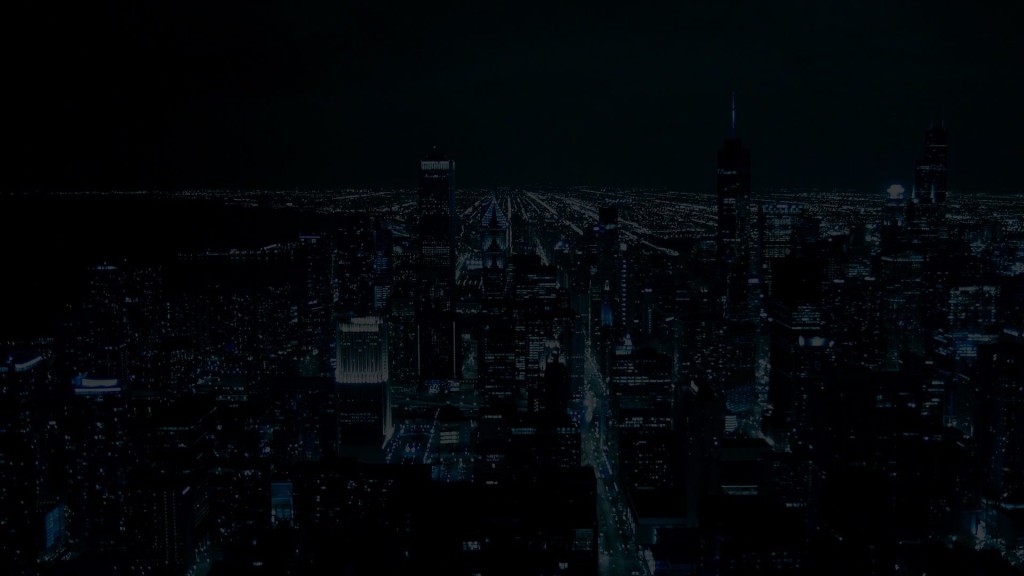Talker’s Block? I Don’t Think So

Imagine this. We’re friends, sitting on my balcony, enjoying the sunsetsailboats on the horizon across Lake Michigan. (It might take a minute to get the image, especially since the aforementioned balcony doesn’t exist.) We’re drinking our favorite beverage and discussing what’s new, what’s news, and what’s interesting recent history.
You’re speaking about how you see the world. I hear a thought you share, and it prompts one of my own. You listen and elaborate on what you meant. I sip my wine and then I say,
“Um, I have nothing to say. I’m suffering talker’s block.”
I don’t think so.
Conversation as a Cure for Writer’s Block
Ever heard anyone say that they have talker’s block? Sure everyone has moments when we have nothing to say or no comeback, but do we get brainlessly blank when we’re talking to our friends? Do we sit around watching the Superbowl, listening to a debate, or seeing someone Twitter on a new iPhone . . . then find ourselves without word one? No, of course not.
Conversation is a participation sport that has only one team. In a conversation, people share ideas in a relational, flexible way. Whether they’re “Oh yeah, I know what you mean!” discussions or “You’re totally missing the point!” debates, conversations work the same. Conversations have three key elements in common that work in this way.
- We put an idea or observation out there. That thought might come with some explanation, but it’s not a one-way communication. The trading nature of conversation limits how detailed and supported an idea can be.
- Someone responds. Folks interrupt with emotion, add information, or completely disagree. Whatever the response, it changes the substance and direction of the original thought. An additional point of view always does.
- We reply to the response. No matter our intent when we first spoke, the the response calls for an answer of its own.
That third point is the key. Conversation is organic and goes where the thoughts lead us. It’s the thoughts that count. It’s the meaning making that moves the conversation forward . . . or not. In most conversational journeys, someone starts the engine, but everyone owns some part of where the conversation goes. (A solo journey doesn’t mean no conversation at all. Ever think about what you would say to a friend, when he or she wasn’t there?)
When we add to a conversation, we draw from what we know, what we’ve experienced, what we imagine, and what we wonder about. We do that in response to thoughts that other folks have shared.
Here’s the bit not to miss . . . we draw from the same places — what we know, what we’ve experienced, what we imagine, and what we wonder about — when we start a conversation.
When we’re conversing with friends . . . we don’t edit our thoughts or tie them up like a presentation. We put the focus on who we’re talking to and what they’re saying, not on how they’ll be looking at us. We trust our friends to hear what we’re saying or ask when they can’t. We make room for feedback, so that we know. We respect their thoughts.
Want to how to cure writer’s block?
I just told you.
If you’re feeling blank, draw from what you know, what you’ve experienced, what you imagine, and what you wonder about. Put an idea or observation out there. Focus on who you’re talking to and leave room for feedback. In print or on the Internet, write a conversation.
I started the engine. Here’s the keys. Your turn to drive.
–ME “Liz” Strauss
Want to get rid of your writer’s block forever? I’ll show you how.
